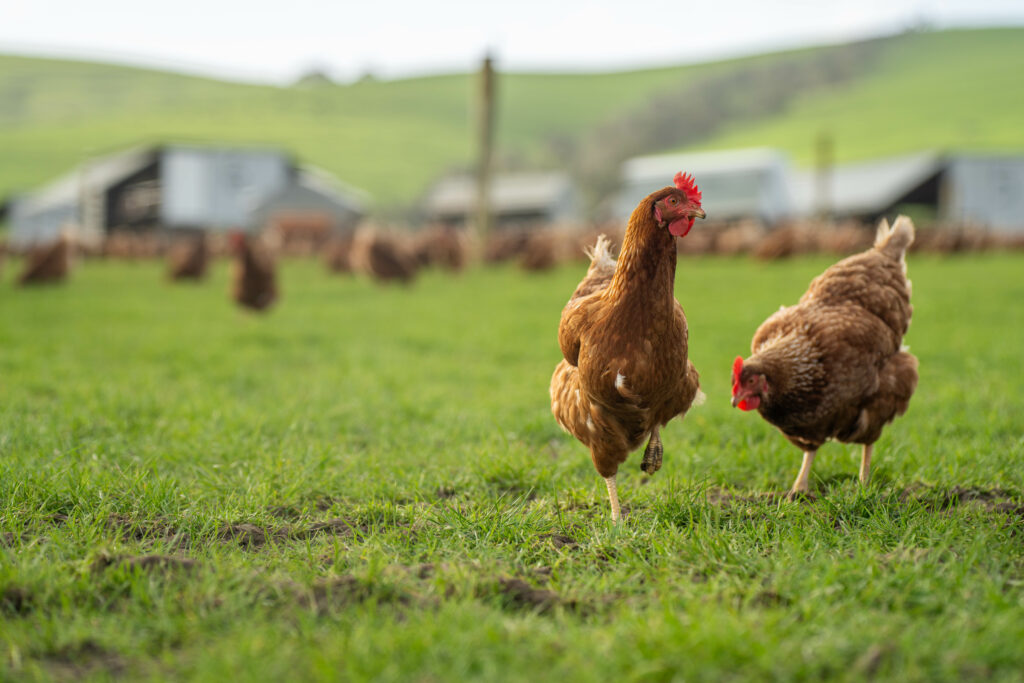The California State Board of Food and Agriculture approved a definition of regenerative agriculture last week. The published draft of the definition does not reflect minor changes that were made at the January 7 meeting.
What’s Good?
Let’s start with the wins for the organic community. First, organic farmers, ranchers, and businesses came out in force. Most commenters throughout the process asked the State to define regenerative with organic certification as the base.
Second, the definition reflects key elements of organic certification, including building soil health, protecting biodiversity, reducing pesticide use, and supporting animal welfare.
Third, the definition includes organic in three places:
- References California’s AB 1757, which sets the state target to transition 10 percent of cropland to organic by 2030.
- Includes the Roadmap to Sustainable Pest Management, which names organic certification as a strategy to drive sustainable pest management.
- Calls out organic and traditional ecological knowledge as examples of regenerative practice selection.
What’s Bad?
The definition falls short on clarity and accountability. It is not clear how many practices a farmer may need to implement to meet the definition, nor does it include any metrics for the proposed outcomes. The definition leaves so much room for interpretation that it is hard to see how the State can implement this standard consistently.
There is no accountability. While the definition calls for monitoring and evaluation, it fails to require any level of verification, opening the door to rampant greenwashing. After all, third-party verification ensures integrity.
What’s Next?
We are continuing to track this process to see where this definition goes from here. One possibility is for the California Department of Food and Agriculture (CDFA) to try and put the definition into law. Another option could be for CDFA to work with sister agencies to implement this definition. Either way, CCOF will be at the table and will engage you in the process.
